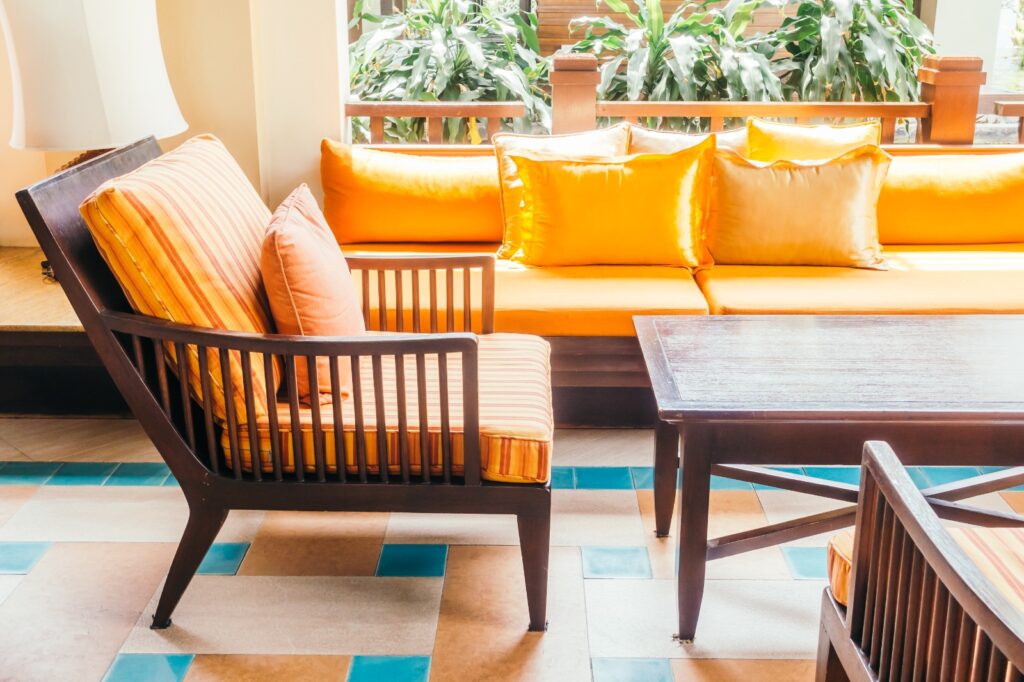1. Introduction
In a world increasingly concerned about environmental issues, the spotlight has turned toward industries that traditionally haven’t been associated with sustainability. The commercial furniture sector, a significant player in shaping workplaces, is now responding to the call for more responsible practices.
Looking for: Commercial furniture in Pakistan.
2. The Push for Sustainability in the Furniture Industry
As the global community grapples with the effects of climate change, commercial furniture companies are recognizing their role in the broader sustainability narrative. Many are reevaluating their processes, from raw material sourcing to distribution, to align with eco-conscious goals.
3. Incorporating Recycled Materials
One way best commercial furniture companies are reducing their carbon footprint is by incorporating recycled materials into their products. This includes using reclaimed wood, recycled metals, and even repurposed plastics to create stylish and functional pieces.
4. Embracing Circular Design Principles
Circular design, a concept aimed at minimizing waste by creating products with the intention of eventual reuse or recycling, is gaining traction in the industry. Companies are designing furniture with disassembly and recyclability in mind, extending the lifespan of materials.
5. Energy-Efficient Manufacturing Processes
Efficiency extends to manufacturing methods. Companies are adopting energy-efficient technologies and practices, such as using solar power and optimizing production lines to minimize energy consumption during the creation of furniture.
6. Reducing Transportation Emissions
Transportation is a significant contributor to carbon emissions. To tackle this, commercial furniture companies are exploring local sourcing options and optimizing shipping methods to reduce the carbon footprint associated with product distribution.
7. Designing for Longevity and Repairability
Sustainability also means creating furniture that lasts. Companies are focusing on designing durable pieces that can be easily repaired, reducing the need for replacement and conserving resources.

8. Collaborations for a Greener Future
Commercial furniture companies are collaborating with suppliers, manufacturers, and even competitors to drive industry-wide change. These partnerships aim to develop shared sustainability standards and initiatives that benefit everyone.
9. Educating Consumers on Sustainable Choices
Promoting sustainability requires educating consumers. Companies are providing information on the environmental benefits of their products, empowering buyers to make informed decisions that align with their values.
10. Challenges and Opportunities
While the commitment to sustainability is evident, there are challenges to navigate and opportunities to seize.
Balancing Aesthetics and Sustainability
Creating visually appealing furniture without compromising on eco-friendly attributes requires creative solutions.
Supply Chain Complexity
Managing a sustainable supply chain involves coordinating efforts across various suppliers and partners, each with their own sustainability goals.
Changing Consumer Expectations
Consumers are increasingly demanding environmentally responsible products, presenting an opportunity for companies to stand out by meeting these expectations.
11. The Impact on the Bottom Line
Contrary to the misconception that sustainability is costly, many companies are finding that these efforts can have a positive impact on their bottom line. Efficiency gains, positive brand perception, and cost savings from reduced waste all contribute to financial benefits.
12. Conclusion
The commercial furniture industry is undergoing a transformation driven by the imperative of reducing carbon footprint. Through innovative practices, collaboration, and consumer education, companies are reshaping their operations to be more environmentally responsible.
Searching for: Commercial furniture market in Lahore.
FAQs
1. Are eco-friendly commercial furniture options limited in design? No, sustainable furniture options come in a wide range of designs, proving that style and sustainability can go hand in hand.
2. How can I verify a company’s sustainability claims? Look for certifications from recognized organizations that validate a company’s commitment to sustainability, such as FSC or GREENGUARD.
3. Is sustainable furniture more expensive? While some sustainable options might have a higher upfront cost, their long-term benefits can often outweigh the initial investment.
4. Are these initiatives only relevant to large companies? Sustainability efforts can be adopted by businesses of all sizes, contributing to a collective impact on the environment.
5. How can consumers support sustainable furniture practices? Choosing furniture from companies with clear sustainability goals and practices is a significant way to support the cause.





